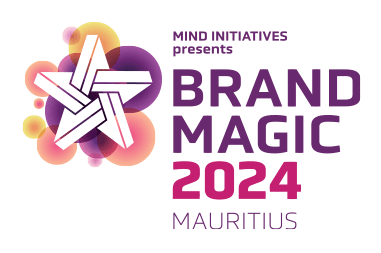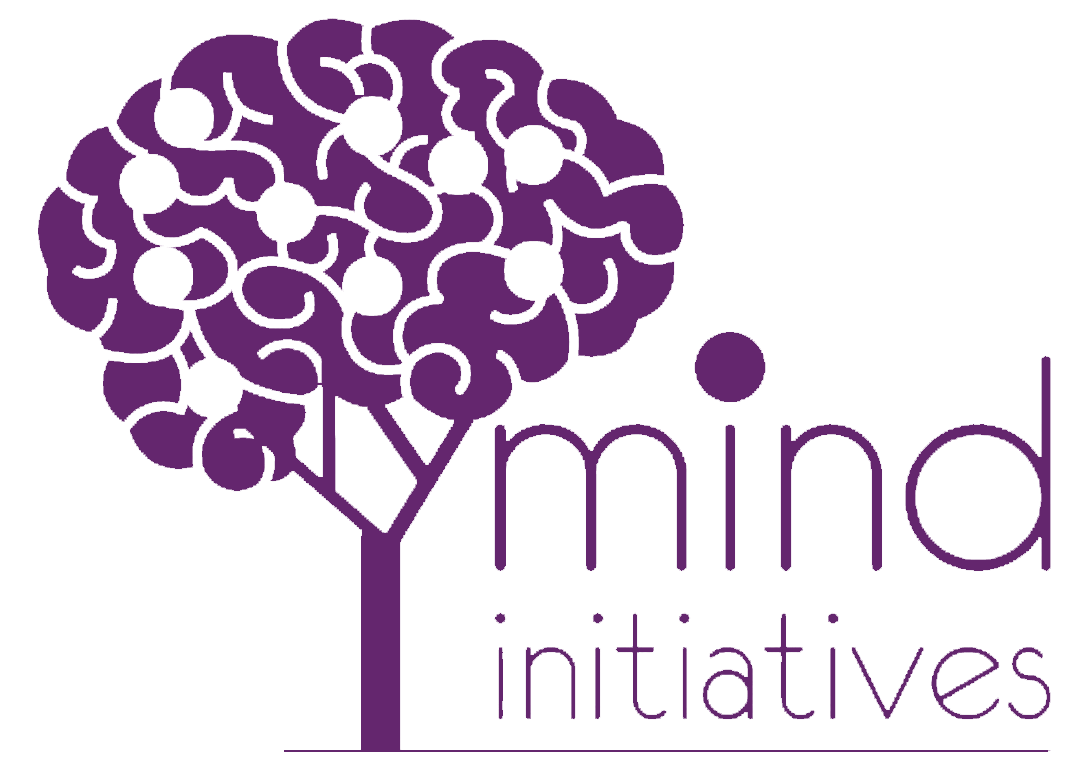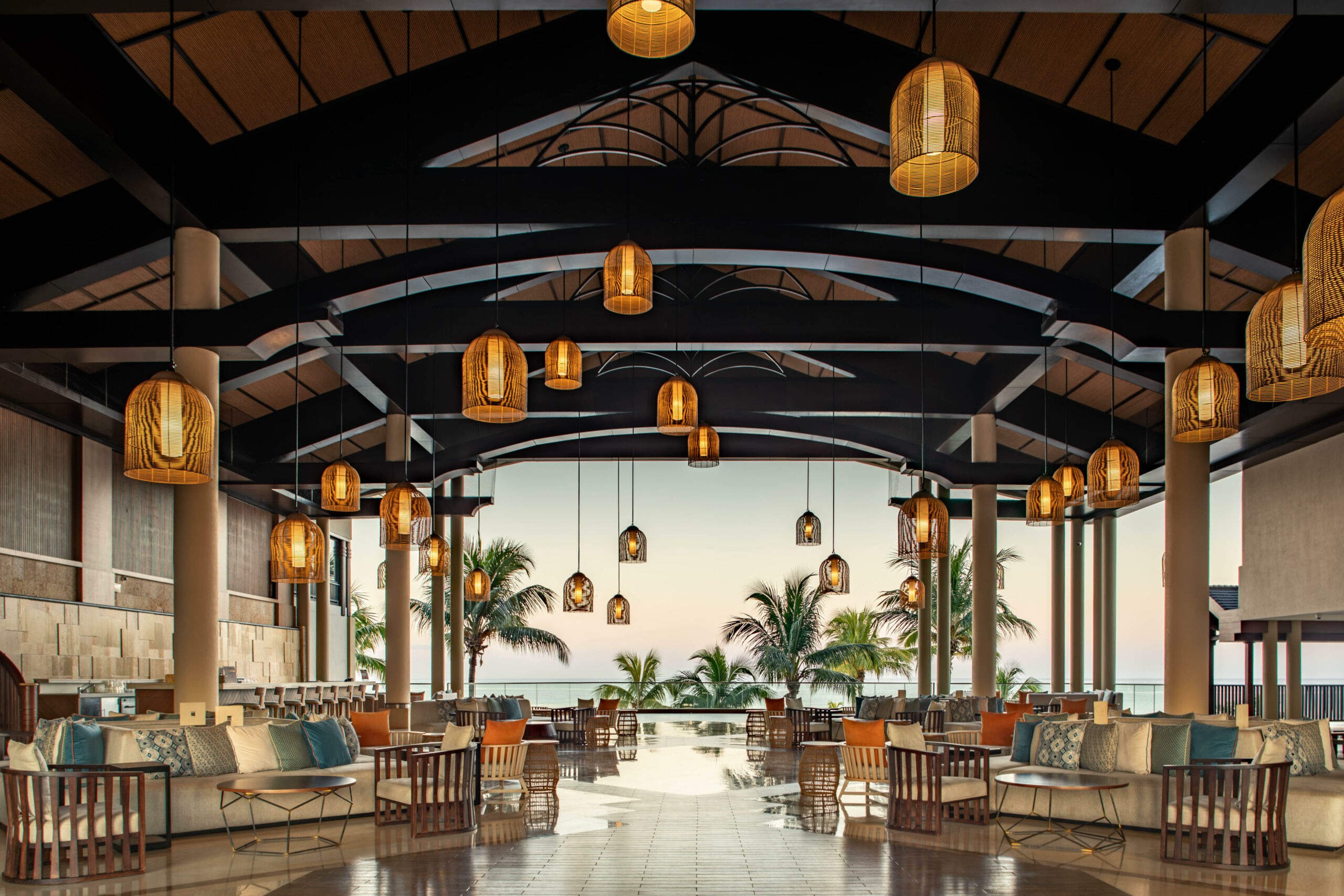Philippa (Pip) has been obsessed with internet culture since she first heard a dial up tone. She has mined the internet for insight, data and memes and turned them into springboards for great creative work that influenced culture. As Head of Strategy at TikTok Creative Lab EU, she got to do the same cultural creative work from inside one of the most exciting entertainment platforms around, working on top global clients like Nike, Apple, Burberry and Disney.
Before TikTok, Philippa worked at some of the best advertising agencies in London: Albion, McCann, Karmarama (Accenture Song), ACNE (Deloitte) and has also spent many years steering big brand accounts – Nestle Cereals, first direct bank, L’Oreal and Ornua Foods. With 13+ years of experience, she operates as head of strategy with a specialisation in digital and social. She is also a recipient of the Women in Advertising and Communications (WACL), Future Leaders Award.
Presentation Synopsis:
Philippa will explore the makings of a cultural idea, what it consists of beyond a short lived trend or moment and what enables it to spread between cultures globally. She will demonstrate how Tik Tok enables the spread of ideas even further – from language to movement to popular Creators and how a cultural idea can last.
Main Points:
- How a cultural idea can travel around the world
- How Tik Tok has enabled ideas to spread between countries
- How a trend spreads and grows online



